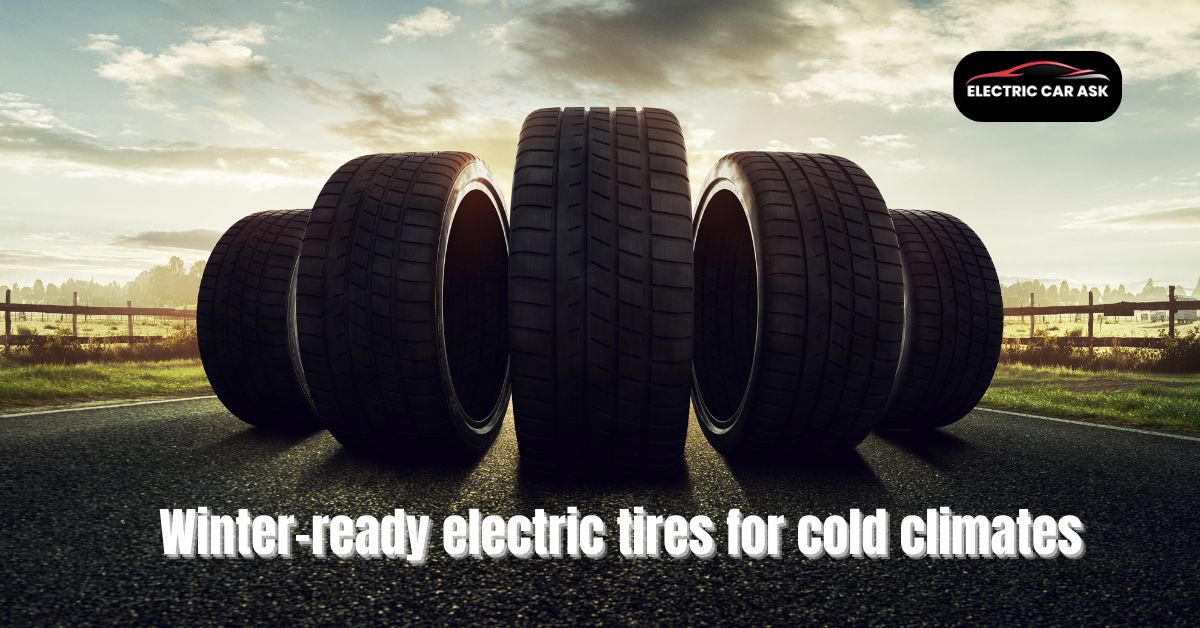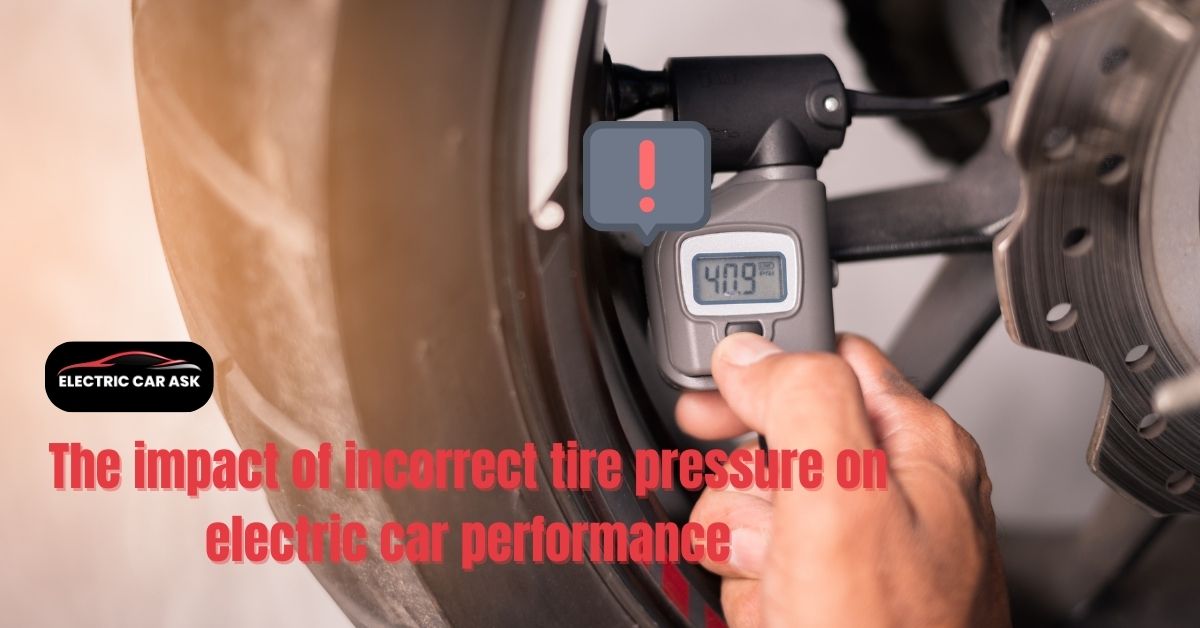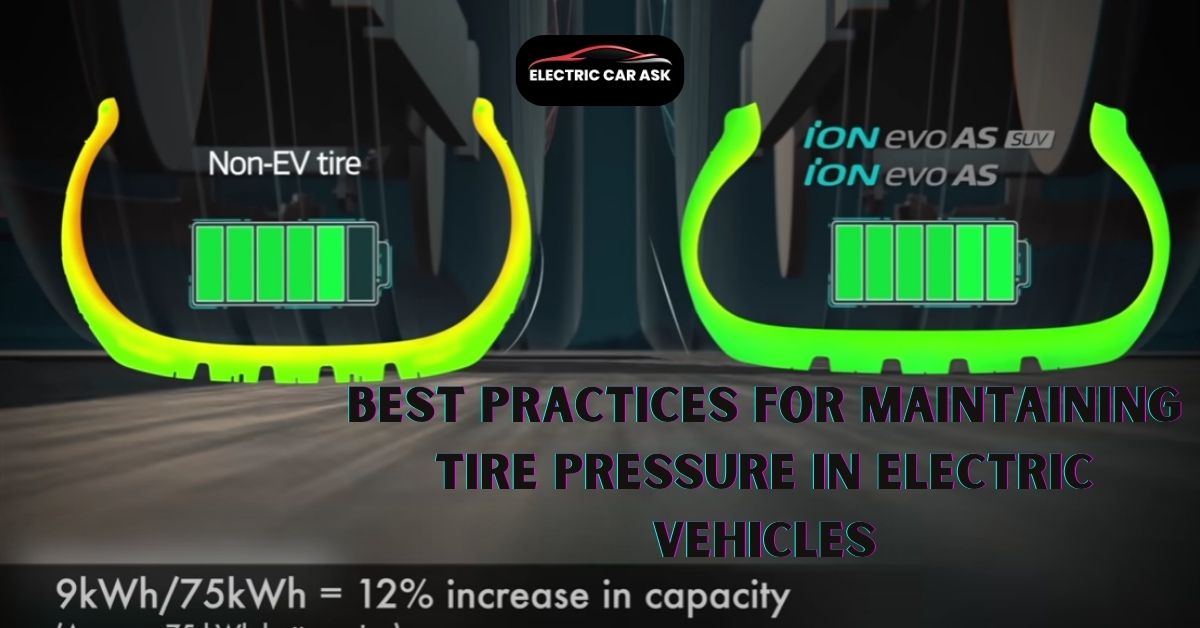Maintaining proper tire stress is crucial for all vehicles, however, it is mainly important for electric-powered vehicles. Due to their unique characteristics—including weight distribution, torque shipping, and the point of interest on strength performance—electric-powered automobiles (EVs) may be more sensitive to tire pressure adjustments than traditional combustion-engine automobiles. Let’s discover commonplace tire pressure issues for electric-powered motors and how you can troubleshoot them efficaciously.
Why Tire Pressure Matters for Electric Cars
Electric automobiles often weigh greater than their gasoline counterparts due to the heavy battery packs. This introduced weight makes preserving the ideal tire stress crucial to ensure certain most appropriate performance, protection, and efficiency. Proper tire strain can:
- Maximize Range: Underinflated tires can boom rolling resistance, reducing your EV’s range.
- Improve Safety: Incorrect tire strain impacts coping with, braking, and stability.
- Extend Tire Life: Proper inflation prevents choppy tire wear, prolonging tire lifespan.
Common Tire Pressure Issues in Electric Cars
Underinflation
- Symptoms: The car may additionally feel slow, with decreased range and responsiveness.
- Causes: Air certainly escapes from tires over time, however, surprising drops may be because of a puncture, temperature modifications, or a faulty valve stem.
- Impact: Increases rolling resistance, hastens tire wear, reduces range, and affects dealing with.
Overinflation
- Symptoms: The experience feels bumpier and much less comfortable, with reduced traction.
- Causes: Overinflation can occur if tires are stuffed without accounting for temperature adjustments or if the stress gauge is inaccurate.
- Impact: Overinflated tires cause choppy wear, decreased grip, and increased danger of blowouts.
Inconsistent Tire Pressure
- Symptoms: One or extra tires have exceptional pressure readings compared to others.
- Causes: Often takes place when tires are inflated erratically, or there’s a sluggish leak in a single tire.
- Impact: Can cause pulling to 1 side whilst using and uneven tire wear, affecting handling and safety.
Pressure Fluctuations with Temperature Changes
- Symptoms: Tire pressure drops in chillier weather and increases in hotter situations.
- Causes: Air expands while heated and contracts whilst cooled. EVs are specifically susceptible to these fluctuations due to their weight and sensitivity to tire performance.
- Impact: If unchecked, pressure variations can motivate underinflation or overinflation issues.
Troubleshooting Tire Pressure Issues in Electric Cars
Regularly Check Tire Pressure
- How: Use a nice tire stress gauge to check your tires as a minimum as soon as a month and before long trips.
- Tip: Refer to your EV’s manual or the sticky label at the driving force’s door frame for the advocated stress stage. Keep in thoughts that EVs often require exceptional pressure degrees than traditional vehicles.
Monitor Tire Pressure with Built-in Systems
- How: Nowadays electric powered automobiles include a Tire Pressure Monitoring System (TPMS) that alerts you whilst tire pressure is low.
- Tip: Don’t forget about these warnings. Always double-test with a manual gauge to verify the reading.
Adjust for Temperature Changes
- How: During colder months, tire pressure can drop by using about 1 PSI for every 10°F drop in temperature. Adjust this to keep the right stages.
- Tip: Check your tire stress whilst the tires are cold (earlier than driving) to get an accurate study.
Inspect for Punctures and Leaks
- How: If you note an unexpected drop in tire stress, look at the tire for nails, screws, or different debris. You also can use soapy water on the tire’s floor to stumble on leaks—bubbles will form wherein air is escaping.
- Tip: If you find a puncture, keep in mind a tire restore kit or visit a tire provider middle for a professional restoration.
Rotate Tires Regularly
- How: Rotating your tires every 6,000 to eight,000 miles ensures even wear, which helps preserve regular pressure.
- Tip: Follow your EV manufacturer’s recommendations for tire rotation patterns, as weight distribution might also fluctuate from traditional vehicles.
Invest in Quality Tires
- How: Use tires specially designed for electric vehicles, as they’re engineered to address the greater weight and torque.
- Tip: Look for tires with low rolling resistance, which improves performance and continues better pressure balance.
Pro Tips for Maintaining Tire Pressure in EVs
- Check Tire Pressure inside the Morning: Tire strain is most correct whilst the tires are cold. Checking inside the morning earlier than you drive is good.
- Don’t Forget the Spare: If your electric vehicle comes with a spare tire, make sure it’s also nicely inflated.
- Consider Nitrogen Inflation: Some EV owners choose nitrogen in place of ordinary air. Nitrogen is much less laid low with temperature changes, main to extra stable tire pressure through the years.
The Role of Proper Tire Maintenance in Extending EV Battery Life
Maintaining the proper tire stress now not simplest affects your electric-powered automobile’s management and tire longevity but also performs a substantial position in extending your car’s battery existence. Underinflated tires make your car work more difficult, lowering efficiency and battery variety. By preserving your tires properly inflated, you optimize the automobile’s electricity intake, making sure that every fee takes you as far as viable.
Final Thoughts
Electric cars have specific needs, and tire pressure renovation is a key component of ensuring height overall performance, safety, and efficiency. Regularly monitoring and adjusting tire stress, making an investment in pleasant tires, and being mindful of temperature fluctuations will help you keep away from commonplace tire pressure troubles and keep your EV going for walks smoothly.
By staying proactive with tire preservation, you’ll not only save cash on tire replacements and repairs but additionally make the maximum out of your EV’s battery range and usual driving enjoyment.
FAQ
What are EV-compatible tires?
Electric Vehicle (EV)-well-matched tires are in particular designed and manufactured to meet the particular wishes of electrical cars. These tires are crafted with features that decorate the overall performance and efficiency of electric automobiles. Here’s a breakdown to apprehend the EV-compatible tires for you.
Low Rolling Resistance:
EV-compatible tires often have low rolling resistance. This means they reduce friction with the street, helping the electrical car use less energy to move. It’s like having smoother wheels that make your electric car extra power-green.
Longer Tread Life:
These tires are built to last. The tread on EV-like minded tires is designed to put on frivolously and face up to the specific demands of electric motors. It’s like having shoes that don’t put on out quickly, ensuring your tires remain longer.
Quiet Operation:
EV-well-suited tires are designed to operate quietly. They produce less noise on the street, contributing to a quieter and more cushy user experience. It’s like taking part in a nonviolent walk instead of coping with loud footsteps.
Weight-Bearing Capacity:
Electric automobiles often have heavy batteries. EV-like minded tires are engineered to address this additional weight, making sure balance and safety. It’s like having shoes that help your frame weight simply.
EV-like-minded



